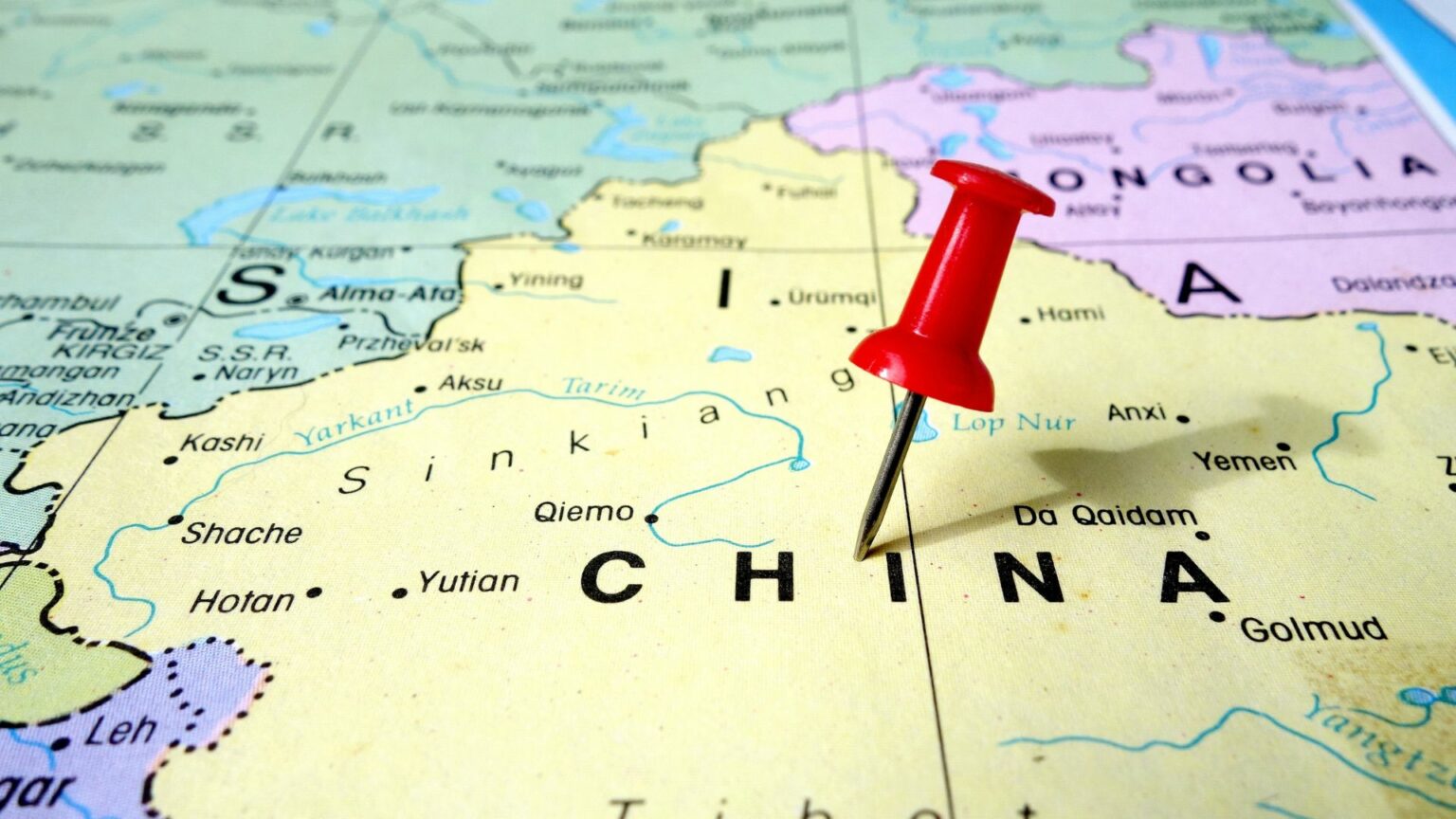While much of the focus in international media has been on the United States and Europe’s endeavors in the low-carbon hydrogen sector, China’s significant role in this field has often been underreported. As the leading global player in hydrogen production and consumption, China’s strategies and actions are critical not only for its domestic energy landscape but also for the worldwide transition to cleaner energy sources.
China’s sheer market size and extensive industrial infrastructure provide the country with unique opportunities for technological advancements and scaling up hydrogen production. However, understanding China’s hydrogen strategy is not straightforward; it is a patchwork of both national and regional strategies.
China’s national hydrogen strategy, known as the “Medium and Long-Term Strategy for the Development of the Hydrogen Energy Industry (2021–2035)” or the “National Plan,” was unveiled in March 2022. The National Plan lays out the country’s vision for the hydrogen sector until 2035 and includes targets for renewable hydrogen production. However, these targets may seem conservative when compared to the immense scale of hydrogen consumption in China.
For example, the national target for 2025 aims to produce a range of 100,000 to 200,000 tons of renewable hydrogen, which represents only a fraction of China’s hydrogen consumption in 2020, predominantly sourced from fossil fuels. By contrast, several provinces, cities, and municipalities in China have introduced their own hydrogen development plans, setting far more ambitious renewable hydrogen goals. These regional targets paint a more realistic picture of China’s hydrogen industry in the coming decades than the national targets.
China is a global powerhouse in hydrogen production, responsible for approximately one-third of the world’s hydrogen output, equivalent to around 33 million tons per year. This substantial production heavily relies on fossil fuels, which account for 79% of the country’s hydrogen production. This fossil-based hydrogen production results in 360 million tons of CO2 emissions.
On the flip side, renewable hydrogen, derived from clean energy sources, constitutes less than 0.1% of China’s hydrogen production. This scenario underlines the urgent need for China to transition to greener hydrogen production methods.
Hydrogen production in China is not evenly distributed across the country. Instead, it is concentrated in the northwest and northeastern regions. Notably, Inner Mongolia and Shandong are the top producers, each contributing more than 4 million tons per year. This concentration is closely tied to the presence of coal resources in these regions, highlighting the connection between coal and hydrogen production.
China’s hydrogen production hubs are challenged by geographical disjuncture, with supply concentrated in the northwest while demand is expected to increase in the east and southeast. The limited hydrogen transport infrastructure, including just 400 kilometers of hydrogen pipelines in the country, poses another hurdle. Development of infrastructure like hydrogen pipelines, refueling stations, and storage facilities is mainly focused in four major industrial clusters.
While China’s national strategy has set relatively modest renewable hydrogen targets, its provinces are stepping up to fill the gap. Regional governments are setting their sights on much more ambitious targets for renewable hydrogen production, with Inner Mongolia leading the way. The province aims to achieve 480,000 tons of renewable hydrogen production per year by 2025, more than double the national target.
These regional strategies are tailored to leverage local resources and strengths. For instance, regions with abundant renewable energy resources prioritize renewable hydrogen production using wind and solar power. Coal-rich areas, on the other hand, focus on industrial by-product hydrogen from coal-chemical production.
One challenge in China’s hydrogen landscape is the lack of a precise definition for renewable hydrogen. While local governments are beginning to articulate definitions, there is still ambiguity in national policy documents. Precise definitions are crucial for ensuring that renewable hydrogen is genuinely clean and sustainably produced.
Overall, China’s hydrogen landscape is a complex mix of challenges and opportunities. As the world grapples with the hydrogen economy’s intricacies, understanding China’s unique approach, which combines centralized directives and regional initiatives, provides critical insights into the future trajectory of the world’s largest hydrogen market.
